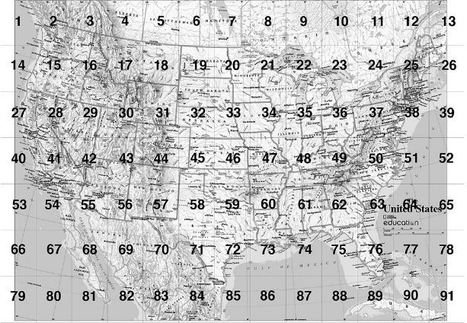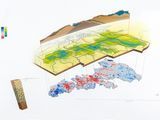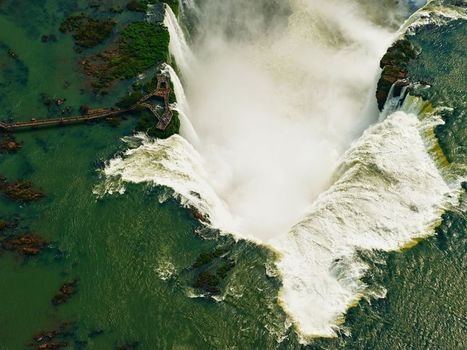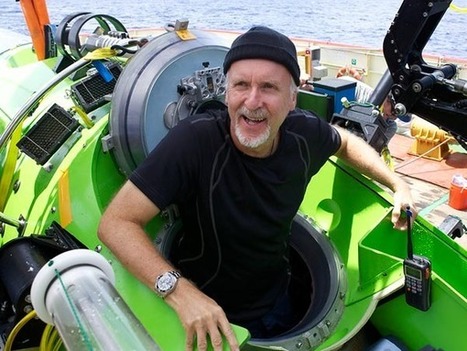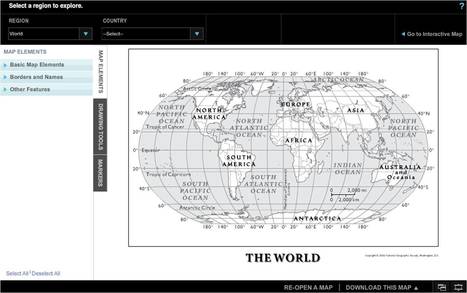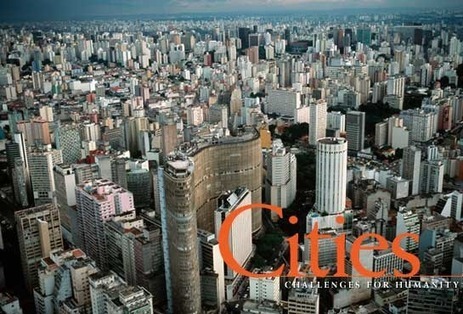Video. Cartographers at National Geographic discuss how they select an appropriate map projection for the September 2012 magazine map supplement.
There is no one perfect map projection that fits all circumstances and situations. Think a situation in which this map projection would be an ideal way to represent the Earth and another situation where it is an incredibly limited perspective.
Tags: cartography, K12, geospatial, NationalGeographic, water.



 Your new post is loading...
Your new post is loading...



